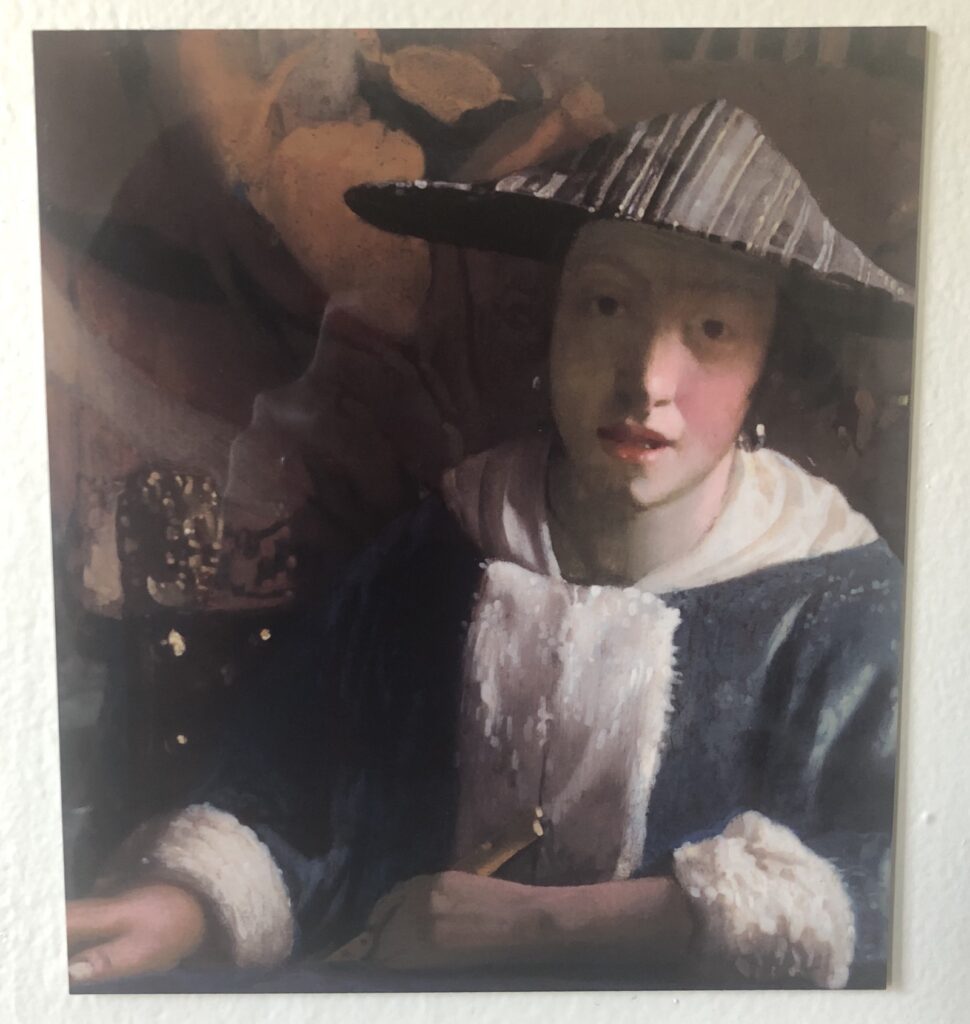
Technically, it’d still be a Vermeer, then.
On the latest episode of the David Zwirner podcast, Helen Molesworth talks to Claudia Swan and Lawrence Weschler about last year’s Rijksmuseum Vermeer show.
It’s an oddly timed conversation, and one that feels especially absent from the hoopla during the show. Besides the uncritical euphoria of the blockbuster, which is fine, the only substantive scholarly takes I remember coming out were about rediscovering Vermeer’s crypto-Catholicism. So yes, a re-evaluation of Vermeer’s view and depiction of women and public/domestic life—arguably his main subject—would have been welcome.
As would, apparently, any discussion of one of Lawrence Weschler’s ongoing fascinations: the proposal floated by scholar Benjamin Binstock in 2008 that several paintings attributed to Johannes Vermeer were actually the work of his daughter Maria.
Binstock’s theory has been vociferously ignored by institutional Vermeer scholars, but Weschler has hosted two symposia exploring and discussing it. Last year, with the Amsterdam show open, he published an updated article about the Maria Vermeer theory in The Atlantic.
Since Binstock’s initial publication, Vermeer scholarship and science has shifted in ways that should accommodate his speculations, but somehow don’t. The biggest change, arguably, is the National Gallery’s reattribution of their Girl with a Flute to a “studio assistant” of Vermeer, even though Vermeer was known not to have any registered students or assistants. The only loophole for not registering an assistant with the painters guild, Binstock notes, is if they are a family member. He calls Girl with a Flute, a self-portrait. And since the NGA’s Girl with a Red Hat is of the same person, and also, unusually, on a panel, not canvas, it’s also a Maria Vermeer.
You can see where this could lead. And yet it doesn’t. Which is the subject of the Zwirner-hosted conversation.
